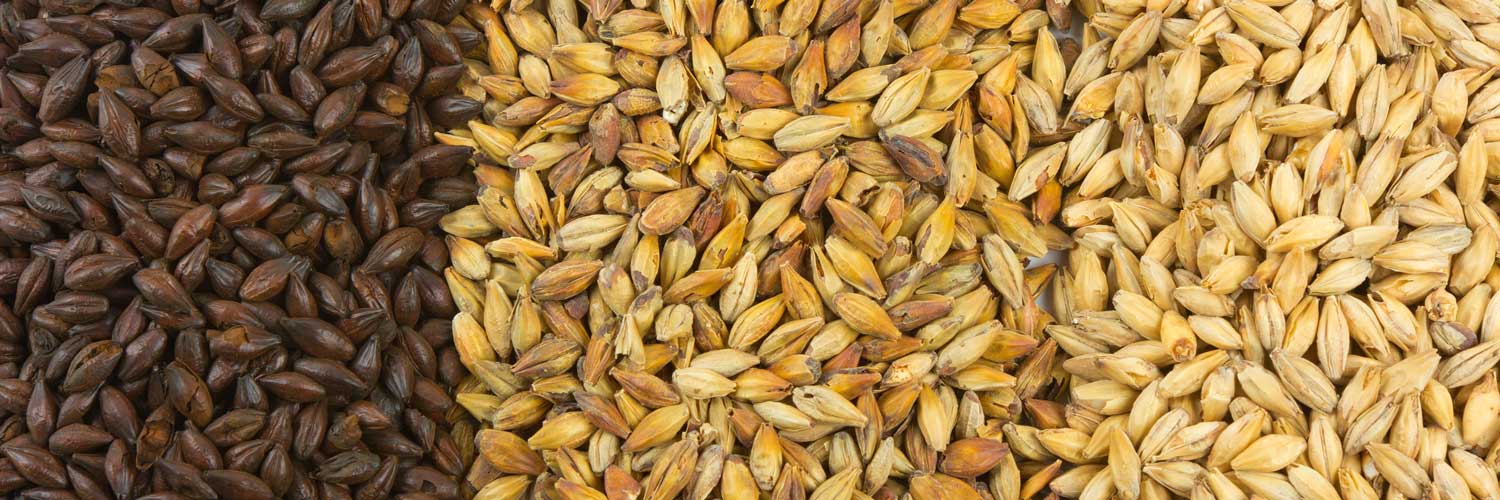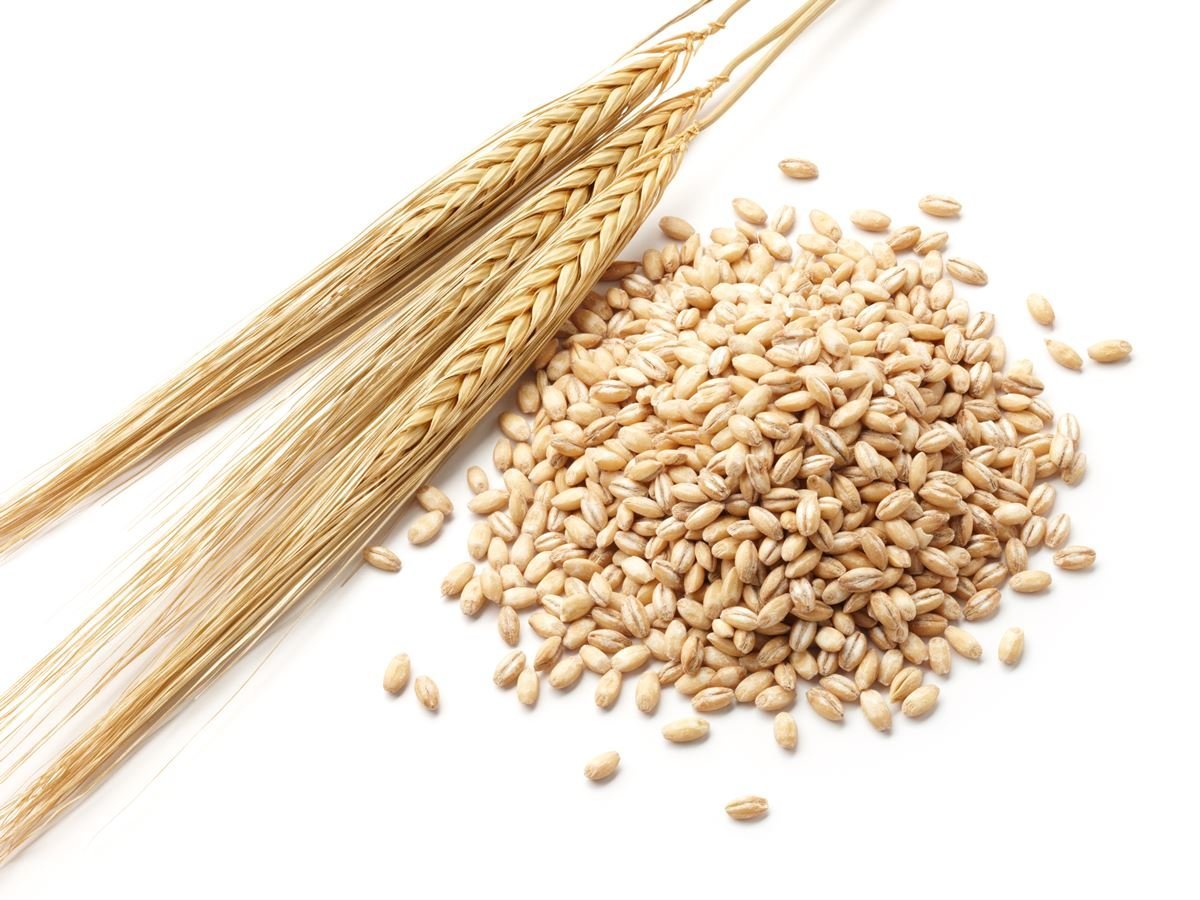Understanding Barley And Malt, Know The Difference And Measure The Quality

This year I’m undertaking a Post Graduate in Brewing and Distilling at Heriot Watt while running Hannah Whisky Merchants ltd.
Updating the news feed is naturally going to be challenging so I’ve decided where possible split up my assignments for you to read.
Barley is of fundamental importance in the making of Whisky and measuring it’s quality is an essential part of making sure you get the best barley for your buck. Near Infrared Reflectance is an amazing practice that is used to measure barley and in this report it’s compared with other techniques.
Abstract
‘There was three kings into the east,
Three kings both great and high,
And they hae sworn a solemn oath
John Barleycorn should die’ (Burns, 1782)
Robert Burns revealed the process of malting barley through the personification of John Barleycorn; his demise from being ploughed, drowned, scorched and crushed are parallels to the stages of harvest, steeping, kilning and milling. In continuation of Burns’ personification, the use of Near Infrared Reflectance (NIR) and other forms of barley analysis are the equivalent to the ‘Three Kings’ carrying out tests to assess how well John’s body will cope with the onslaught to come and if it will be worthwhile. The actual use of NIR is to analyse the quality of barley.
Introduction
From humble origins in China or Egypt predating 3000 BC(Zhang, 2010) cultivated Barley (Hordeum vulgare L.) is now grown all over the world due to its resilience to drought conditions and adaptability to short growing seasons(Ping, Wang and Ren, 2013). The widespread and varied nature of barley has brought numerous strains; each carrying a different genetic makeup meaning their proteins are different. This variance is compounded as the industry regularly changes its preferred choice of barleys with no variety in use for more than 10 years (Kendall, 1995). Furthermore, even a single barley can have a considerable variation of protein content due to variations in size(Fox et al., 2011). The widespread differences produce varying yields and as only a small amount of the world’s barley is suitable for malting(Palmer, 2006) an efficient system is required to identify the most suitable barley for malting as undesired germination and further processing of substandard barley is uneconomical(Fox et al., 2011). Brewers acquire over 90% of malt produced from malting barley(Kendall, 1995) and as such they have specific requirements that need to be met for their barley so tests such as NIR are used to identify key attributes along with other typical assessments such as requiring a pure lot, freedom from disease, less than 5% peeled and broken kernels and plump and uniform kernels(Kendall, 1995).

How does NIR work
After the barley has been harvested and dried tests are carried out to evaluate its grade, low (1) to high (9), which is based on yield, disease resistance and malting quality (Palmer, 2006). As Protein is of vital importance to the brewer it is essential to test the barely and brewers have set targets which NIR assists them to identify(Fox et al., 2011). NIR works by placing a sample of barley into a machine where multiple near infrared light scans reveal the structure of the molecules depending on the strength of light passing through the molecule. The scan can reveal amylose and starch content(Ping, Wang and Ren, 2013) for brewers extract and the production of ethanol; higher starch equates to higher brewers extract.
NIR less subjective and destructive
Compared to tetrazolium, NIR is less subjective and destructive(McGoverin et al., 2011); the tetrazolium test requires the soaking of cut kernels in a tetrazolium chloride solution which is then subjectively evaluated by an assessor deciding if the kernel is viable or not. In addition the tetrazolium test is not ideal for discovering fungal infection: NIR has been touted as a low cost and rapid method for the detection of aflatoxins in cereals(Fernández-Ibañez et al., 2009) carcinogenic for animals and humans among other Fungus which can be detected by NIR(Fox et al., 2011). Despite the negatives, the tetrazolium test it is a useful tool to corroborate results from an NIR test as illustrated in the McGoverin et al study(McGoverin et al., 2011) but it does require specialist training and is much slower to complete (Fernández-Ibañez et al., 2009), in addition NIR can identify the existence of several components simultaneously(Ping, Wang and Ren, 2013) while tetrazolium is more limited. Further tests for pre germination deemed inadequate on grounds of subjectivity and destruction were the Failing Number test, based on the ability of alpha-amylase to liquefy a starch gel but this relies on an assessor monitoring change over time, the Standard Germination and the Visual Inspection tests rely on training and judgement too (McGoverin et al., 2011). However, one concern identified with NIR is the inherent problem of averaging spectral scans when a bulk sample is scanned (Fox et al., 2011) leading to values at the extreme ends of the NIR scale not being reported.
NIR quicker and more sound
NIR has increased in use since the 1980s (Ping, Wang and Ren, 2013). Prior to this, tests were based on the physical structure of the endosperm thought to be key to understanding malting potential(Allison, Cowie and McHale, 1976). Kernels with hard endosperms did well in these tests while softer grains faired poorer. The tests themselves took no account of the enzymes activated during malting which allow for endosperm breakdown and instead only measured endosperm compactness and complexity of the cell walls(Allison, Cowie and McHale, 1976) whereas NIR identifies internal proteins. Sedimentation tests identified that stealy barley, barley with harder kernels, would tend to have more nitrogen/protein which would mean more brewers extract than mealy, softer barley kernels, where the lower nitrogen produces more B-amalayse. However, nitrogen content could be altered during the malting process depending on endosperm modification(Palmer, 2006) so only assessing surface hardness in the test meant it failed to identify the potential enzyme activity which could greatly improve performance during germination(Allison, Cowie and McHale, 1976). In common with NIR, early tests sought results fast (Allison, Cowie and McHale, 1976); micro-malting involved carrying a sample through the entire malting process and evaluating the results which took 10 days (Allison, Cowie and McHale, 1976) and was very time consuming(Slack et al., 1985)! Prior to NIR these tests were simple, saved time compared to their predecessors (Allison, Cowie and McHale, 1976) but were ultimately potentially flawed. However, where relatively modern tests did become available which were more accurate and expansive, such as the hot water extract test (HWE), the method was actually more time consuming(Slack et al., 1985); scaling down micro-malting to the point of test tube level to do mashing with smalls samples and evaluate the hot water extract(Slack et al., 1985).
Conclusion
The need for faster results initially pushed forward the techniques used to evaluate barley quality. From micro malting which took 10 days and sedimentation tests and the use of tetrazolium which allowed for relatively immediate results but with the weaknesses of subjectivity. NIR presents itself as a solution being quick and reliable with a greater potential of benefits including the identification of Fungus and disease.
Reference Section
Allison, M. J., Cowie, I. A. and McHale, R. (1976) ‘a rapid test for the prediction of malting quality barley’, Journal of the Inst. of Brew., 82, p. 166.
Burns, R. (1782) ‘John Barleycorn: A Ballad’.
Fernández-Ibañez, V., Soldado, A., Martínez-Fernández, A. and de La Roza-Delgado, B. (2009) ‘Application of near infrared spectroscopy for rapid detection of aflatoxin B1 in maize and barley as analytical quality assessment’, Food Chemistry, 113(2), pp. 629-634.
Fox, G. P., Kelly, A., Sweeney, N. and Hocroft, D. M. (2011) ‘Development of a Single Kernel NIR Barley Protein Calibration and Assessment of Variation in Protein on Grain Quality’, Journal of the Institute of Brewing, 117(4), pp. 582-586.
Kendall, N. T. (1995) Handbook of brewing / edited by William A. Hardwick. Dekker.
McGoverin, C., Engelbrecht, P., Geladi, P. and Manley, M. (2011) ‘Characterisation of non-viable whole barley, wheat and sorghum grains using near-infrared hyperspectral data and chemometrics’, Analytical and Bioanalytical Chemistry, 401(7), pp. 2283-2289.
Palmer, G. H. (2006) Handbook of brewing edited by Fergus G. Priest and Graham G. Stewart. 2nd ed. edn. Hoboken: Hoboken : Taylor and Francis.
Ping, H., Wang, J. and Ren, G. (2013) ‘Prediction of The Total Starch and Amylose Content in Barley using Near-Infrared Reflectance Spectroscopy’, Intelligent Automation & Soft Computing, 19(3), pp. 231-237.
Slack, C. R., Hancock, D. A., Hash-more, R. M. and Tunnicliffe, C. G. (1985) ‘A SIMPLIFIED METHOD FOR ESTIMATING HOT WATER EXTRACT USING SMALL MALT SAMPLES’, Journal of the Institute of Brewing, 92, pp. 262-263.
Zhang, G. (2010) Genetics and Improvement of Barley Malt Quality. Edited by Li, C., Springerlink and Link. Berlin, Heidelberg: Berlin, Heidelberg : Springer Berlin Heidelberg.